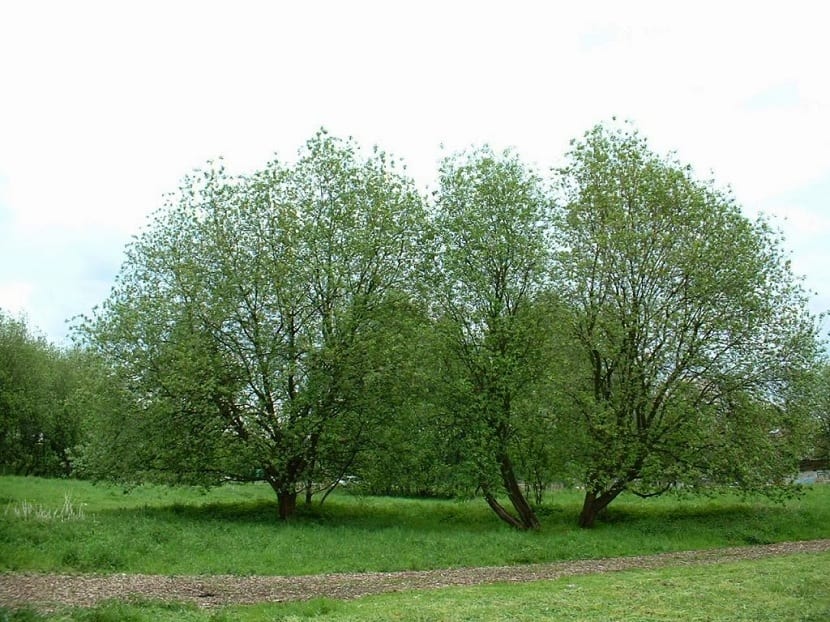
A quite emblematic tree known for its large size is the Salix caprea. It is known by the common name of goat willow. It is a caudad tree that grows normally in some parts of Europe and Asia, but especially in the United Kingdom. It is also known by other names such as zargatillo, salce cabruno and great willow. It belongs to the Salicaceae family.
If you want to know all the characteristics, how it is grown and what care the Salix caprea, this is your post 🙂
Key features
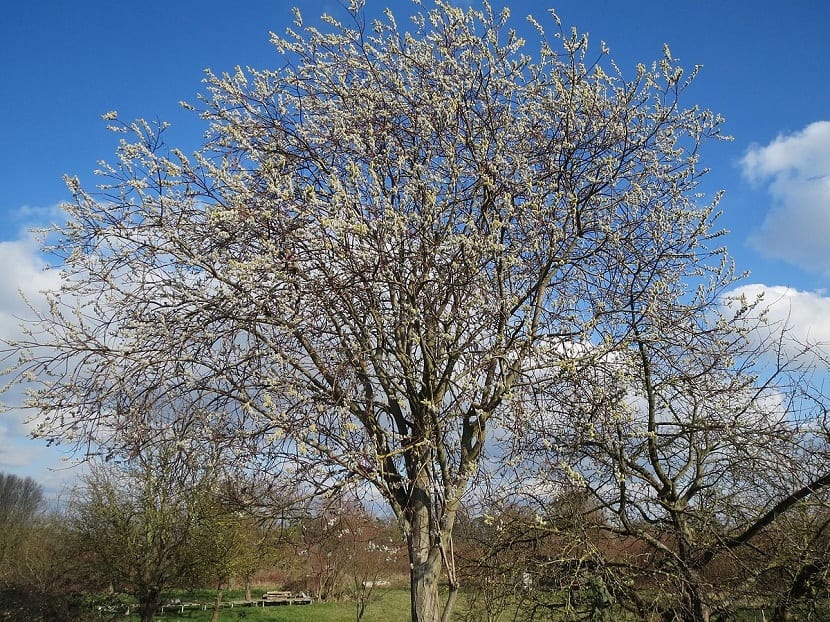
It is a tree with a size that can vary between 3 and 10 meters in height. This makes it ideal to have it in a garden and to help us give it leafiness, give us shade or create a small area of undergrowth to house some species than plants that require more humidity.
The flowering time is between March and April. Its flowers have a pinkish color for those that are masculine and a green color for those that are feminine. It is a fairly dense tree, so it will give us shade in the summer months when the heat is down. It has robust, although fragile, yellowish-brown branches. It usually has a thick, cracked bark.
The name of Salix caprea means goat willow because this animal loves the leaves of the tree. Thus, These leaves are perfect for creating good forage and feeding livestock in general, not just goats.
The most mature trees that have favorable environmental conditions, in addition to good care, can reach 10 meters in height. They are really long-lived trees that can live up to 300 years if conditions allow it. The bark is greyish-brown in color and develops diamond-shaped fissures as it progresses as an adult.
Description
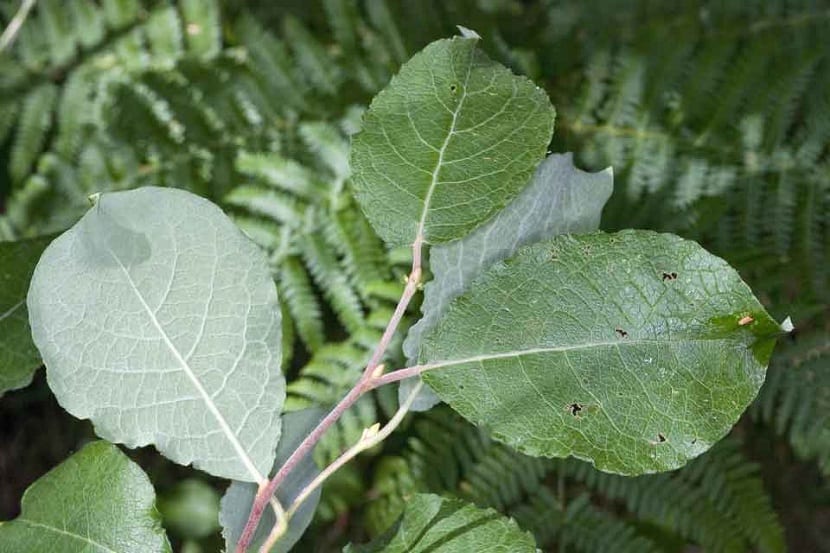
The branches are hairy at first, but they become smooth, appearing red and yellow in the sunlight.
Another common name is the tendril as the species resemble the paws of a cat. Unlike most willows, It has oval or elliptical type blades instead of being long and thin as in most. The leaves are really large and can measure up to 11 centimeters long and 6 wide. You can often find the leaves folded to the side and devoid of hair on top. However, if you look at the underside, you will see a dense layer of fine gray hairs.
As for your flowers, they are dioecious, as we have already seen that it has both female and male flowers. The flowers come out forming long filaments called catkins. Catkins that are male can be differentiated by being gray in color and having a robust shape. As they develop and become mature, they turn yellow in color and with the presence of pollen. The female ones are more elongated and their color is green.
LThe fruits are born thanks to the pollination of the flowers by the wind. Catkins that are female turn into seeds that are wrapped in a kind of cotton. Being light and protected, they disperse very easily with the wind. Some willows can spread by spreading their branches down to the ground and then turning into roots. Thus they do not need the action of the wind.
Uses and habitat
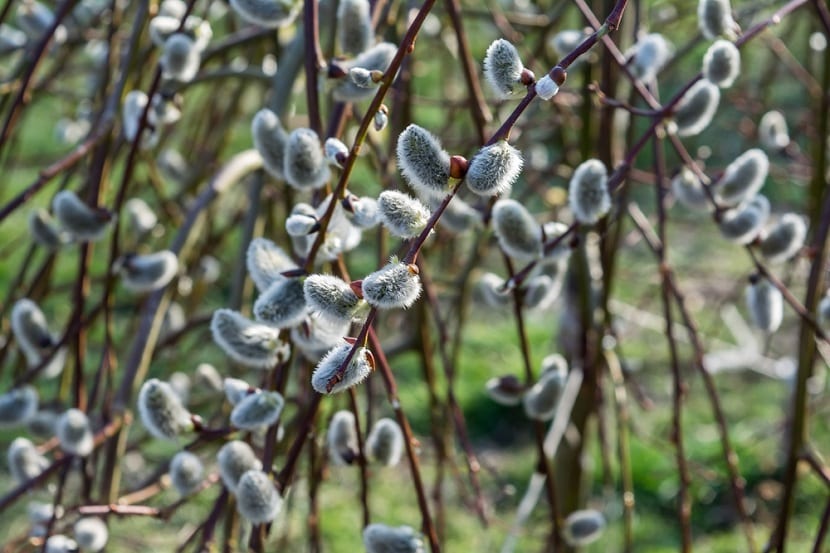
It is a tree that has served well for a long time because of the quality wood they have. It is one of the most consistent and dense of the European willows. It is used as a fuel to obtain charcoal and as a component in the production of gunpowder. If cut into flexible strips, it makes palisades, boards, gallows, and even footwear.
There are some native species in the UK and many others hybridize with each other. This makes identification very difficult. It is usually hybridized with the gray willow, with which it shares a relationship.
Its area of distribution extends over parts of Europe and part of Asia. They are usually found in habitats with open areas, hedges, bushes and some bushy fringes of humid forests. They are found near oak, fir and beech groves. They prefer to grow in deep and loose soils and the growing area extends from sea level to 2100 meters high. Above this height, you will not find any specimens.
It is of great value to wildlife, since its foliage is eaten not only by goats, but by the caterpillars of a large number of moths and is the food base for the purple emperor butterfly. It also provides a source of pollen and nectar for pollinating insects. like bees and other birds that feed on the insects that live in this tree.
Caring for the Salix caprea
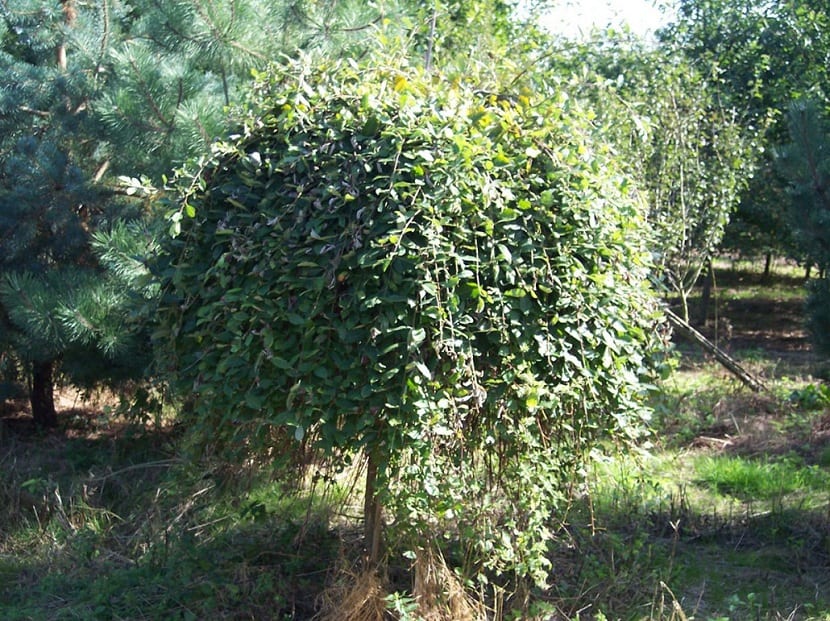
If you want to have it in your garden to create shady areas, you must bear in mind that it is susceptible to some disease problems. Some pests also tend to attack you such as borers, bed bugs and caterpillars. Its wood is weak against this type of insects so it cracks easily. The branches are damaged by ice and snow, so it is not convenient to have it in an area where the climate is used to having constant frosts or low temperatures.
Shallower roots are capable of clogging gutters or drains and making it difficult for other plants to grow in the garden. You have to find a location where it can develop well. As for the ground, prefers humid soils, although it tolerates some drier ones. It needs some maintenance like a late winter pruning so that when spring comes, it is ready to bloom healthily.
If you don't have a lot of space in the garden, Every 3 or 5 years you can cut the plants so that they acquire a smaller bush shape.
I hope that with these tips you can take good care of the Salix caprea and learn more about its biology and characteristics.